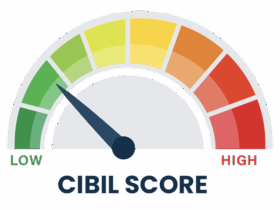Instead of putting their money in a bank account or letting it sit in a savings account, many people choose to invest their money in a different way. They want to invest their money in investment instruments that can give them good returns.
Investing your money can be beneficial if you do it in the right ways. With your money, you can secure your financial future or use it as an opportunity to grow your wealth and reach long-term goals.
The right investments for your long-term goals depend on your risk tolerance and other factors that are unique to you. However, there are some general strategies that can help you invest wisely for future goals, no matter how far out they might seem.
Diversification Of Portfolio
A diversified portfolio is an investment strategy that involves investing in multiple assets at the same time. The goal of diversification is to reduce the risk of your portfolio because it spreads your money across different investments.
In general, a diversified portfolio consists of a combination of stocks and bonds, as well as cash and other fixed-income investments. Diversification reduces the risk of losing money as it lowers the impact caused by one or a few bad investments.
The key to a successful diversified portfolio is to choose investments that have different characteristics. For example, some investments may be riskier, so you should also invest in those with low or moderate risk.
By investing in a balanced portfolio, you can reduce the risk of losing money and get good returns.
Understanding Risks and Returns
Risk is one of the key components of investing. It’s what investors are trying to minimize, while returns refer to how much they get on average when they decide to sell an investment. Understanding both helps you make informed decisions about how much risk you can handle and whether a particular investment will likely lead to a positive return.
When it comes to risk, there is one main thing that investors need to keep in mind: volatility and correlation. This term can be intimidating if you’re not sure what it means, but in essence, it refers to how risky an investment is. Volatility is essentially how quickly the price of an investment can change.
Tax Savings
There are multiple investment options you can choose from to save on tax. Under Section 80C, you can save up to Rs. 1.5 Lakh annually by investing in tax-saving options. Some of the tax saving schemes are Public Provident Fund, equity-linked savings schemes (ELSS), etc.
Choosing a tax-saving option can help you plan for your future and also save taxes at the same time.
In conclusion, investments are essential for achieving long and short-term goals. Hence, by following these strategies, you can stay on track with your financial objectives.












